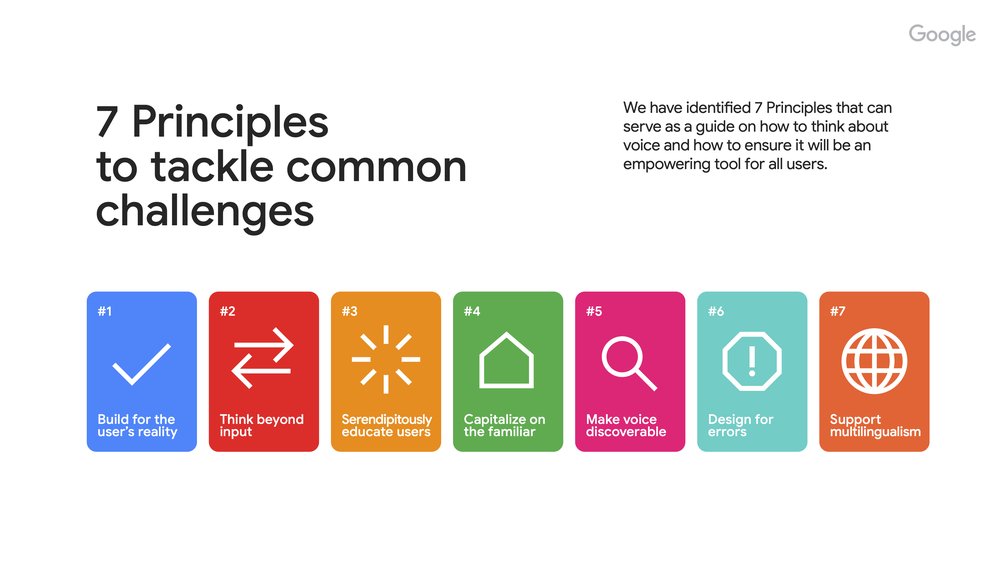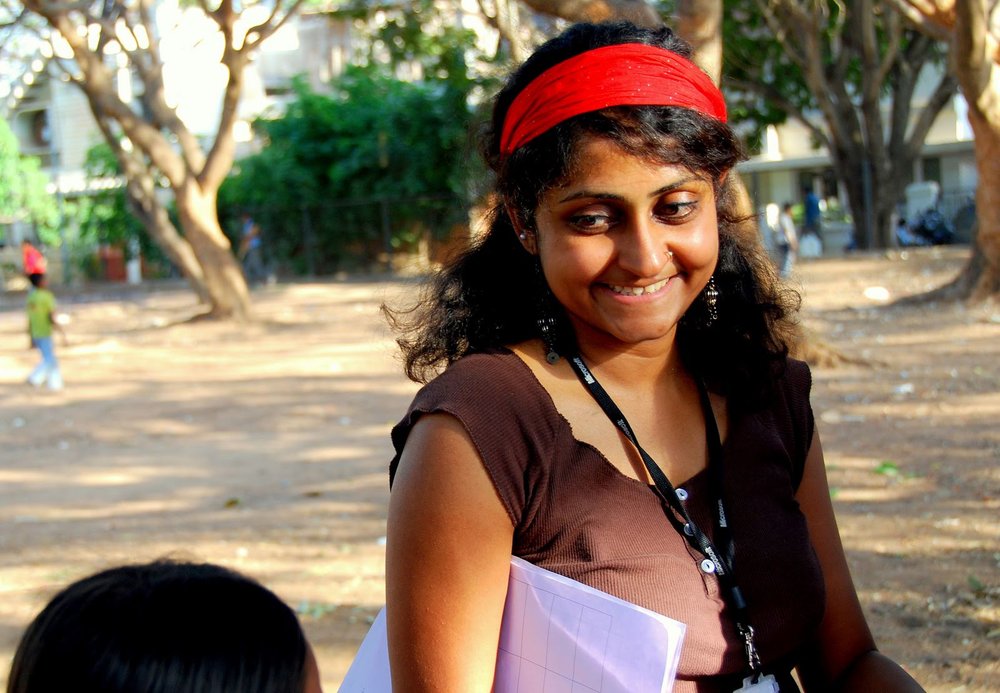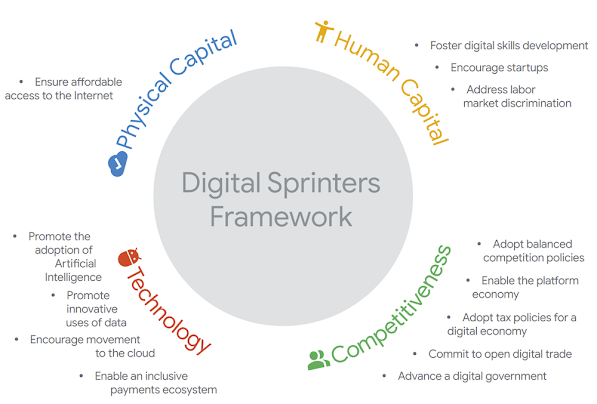“Farmers feed the entire world — so how might we support them to be resilient and build sustainable systems that also support global food security?” It’s a question that Diana Akrong found herself asking last year. Diana is a UX researcher based in Accra, Ghana, and the founding member of Google’s Accra UX team.
Across the world, her manager Dr. Courtney Heldreth, was equally interested in answering this question. Courtney is a social psychologist and a staff UX researcher based in Seattle, and both women work as part of Google’s People + Artificial Intelligence Research (PAIR) group. “Looking back on history, we can see how the industrial revolution played a significant role in creating global inequality,” she says. “It set most of Western Europe onto a path of economic dominance that was then followed by both military and political dominance.” Courtney and Diana teamed up on an exploratory effort focused on how AI can help better the lives of small, local farming communities in the Global South. They and their team want to understand what farmers need, their practices, value systems, what their social lives are like — and make sure that Google products reflect these dynamics.
One result of their work is a recently published research paper. The paper — written alongside their colleagues Dr. Jess Holbrook at Google and Dr. Norman Makoto Su of Indiana University and published in the ACM Interactions trade journal — dives into why we need farmer-centered AI research, and what it could mean not just for farmers, but for everyone they feed. I recently took some time to learn more about their work.
How would you explain your job to someone who isn't in tech?
Courtney: I would say I’m a researcher trying to understand underserved and historically marginalized users’ lives and needs so we can create products that work better for them.
Diana: I’m a researcher who looks at how people interact with technology. My superpower is my curiosity and it’s my mission to understand and advocate for user needs, explore business opportunities and share knowledge.
What’s something on your mind right now?
Diana: Because of COVID-19, there’s the threat of a major food crisis in India and elsewhere. We’re wondering how we can work with small farms as well as local consumers, policymakers, agricultural workers, agribusiness owners and NGOs to solve this problem.
Agriculture is very close to my heart, personally. Prior to joining Google, I spent a lot of time learning from smallholder farmers across my country and helping design concepts to address their needs.
“Farmers feed the entire world — so how might we support them to be resilient and build sustainable systems that also support global food security?”
Courtney: I’ve been thinking about how AI can be seen as this magical, heroic thing, but there are also many risks to using it in places where there aren’t laws to protect people. When I think about Google’s AI Principles — be socially beneficial, be accountable to people, avoid reinforcing bias, prioritize safety — those things define what projects I want to work on. It’s also why my colleague Tabitha Yong and I developed a set of best practices for designing more equitable AI products.
Can you tell me more about your paper, “What Does AI Mean for Smallholder Farmers? A Proposal for Farmer-Centered AI Research,” recently published in ACM Interactions?
Courtney: The impact and failures of AI are often very western and U.S.-centric. We’re trying to think about how to make this more fair and inclusive for communities with different needs around the globe. For example, in our farmer-centered AI research, we know that most existing AI solutions are designed for large farms in the developed world. However, many farmers in the Global South live and work in rural areas, which trail behind urban areas in terms of connectivity and digital adoption. By focusing on the daily realities of these farmers, we can better understand different perspectives, especially those of people who don’t live in the U.S. and Europe, so that Google’s products work for everyone, everywhere.
Why did you want to work at Google?
Diana: I see Google as home to teams with diverse experiences and skills who work collaboratively to tackle complex, important issues that change real people’s lives. I’ve thrived here because I get to work on projects I care about and play a critical role in growing the UX community here in Ghana.
Courtney: I chose Google because we work on the world's hardest problems. Googlers are fearless and the reach of Google’s products and services is unprecedented. As someone who comes from an underrepresented group, I never thought I would work here. To be here at this moment is so important to me, my community and my family. When I look at issues I care about the most — marginalized and underrepresented communities — the work we do plays a critical role in preventing algorithmic bias, bridging the digital divide and lessening these inequalities.
How have you seen your research help real people?
Courtney: In 2018, we worked with Titi Akinsanmi, Google’s Policy and Government Relations Lead for West and Francophone Africa, and PAIR Co-lead and Principal Research Scientist Fernanda Viegas on the report for AI in Nigeria. Since then, the Ministry of Technology and Science reached out to Google to help form a strategy around AI. We’ve seen government bodies in sub-Saharan Africa use this paper as a roadmap to develop their own responsible AI policies.
How should aspiring AI thinkers and future technologists prepare for a career in this field?
Diana: My main advice? Start with people and their needs. A digital solution or AI may not be necessary to solve every problem. The PAIR Guidebook is a great reference for best practices and examples for designing with AI.



